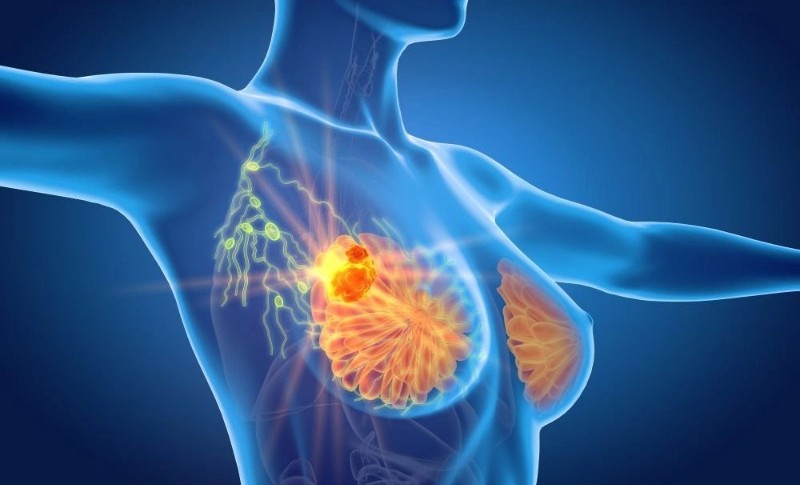In a cohort of 25 women newly diagnosed with breast cancer, 24 cancers were identified with PEM
By Elana Gotkine HealthDay Reporter
WEDNESDAY, Feb. 14, 2024 (HealthDay News) — Low-dose positron emission mammography (PEM) is feasible for detecting invasive breast cancer, according to a study published online Feb. 9 in Radiology: Imaging Cancer.
Vivianne Freitas, M.D., from the University of Toronto, and colleagues examined the feasibility of low-dose PEM concurrent to magnetic resonance imaging (MRI) to identify breast cancer. Twenty-five female participants newly diagnosed with breast cancer underwent low-dose PEM with up to 185 MBq of fluorine 18-labeled fluorodeoxyglucose (18F-FDG). PEM images taken one and four hours following 18F-FDG injection were reviewed by two breast radiologists, unaware of the cancer location.
The researchers found that 24 of 25 cancers were identified with PEM from 100 sets of bilateral images; even after three hours of radiotracer uptake, performance was comparable. The median size of invasive cancer was 31 mm. At PEM, three additional in situ grade 2 lesions were missed. Compared with MRI, PEM detected fewer false-positive additional lesions, although the difference was not significant (16 versus 62 percent).
“While the full integration of this imaging method into clinical practice is yet to be confirmed, the preliminary findings of this research are promising, particularly in demonstrating the capability of detecting invasive breast cancer with low doses of fluorine-18-labeled FDG,” Freitas said in a statement. “This marks a critical first step in its potential future implementation in clinical practice.”
Several authors disclosed ties to Radialis Medical; one author holds a patent for organ-targeted solid-state tileable technology. Radialis Medical supplied equipment and assisted with maintenance.
Editorial (subscription or payment may be required)
Copyright © 2024 HealthDay. All rights reserved.








